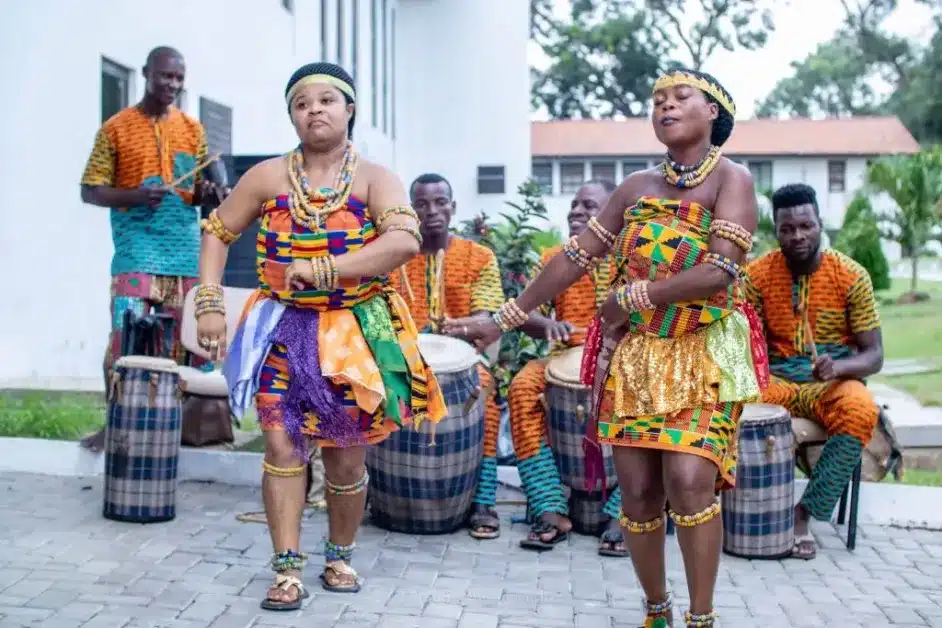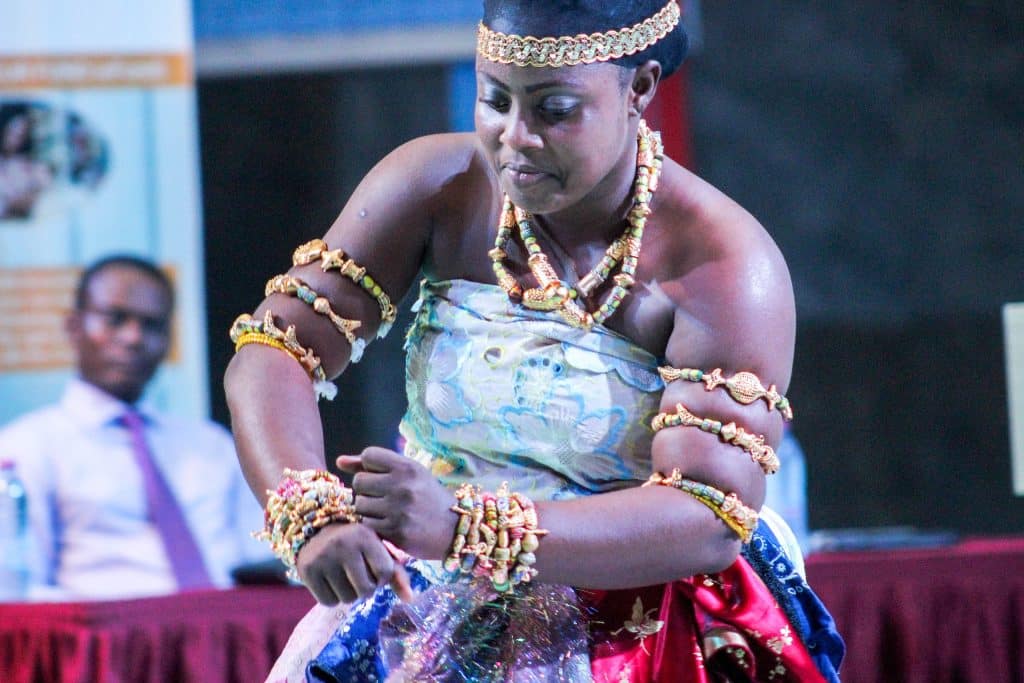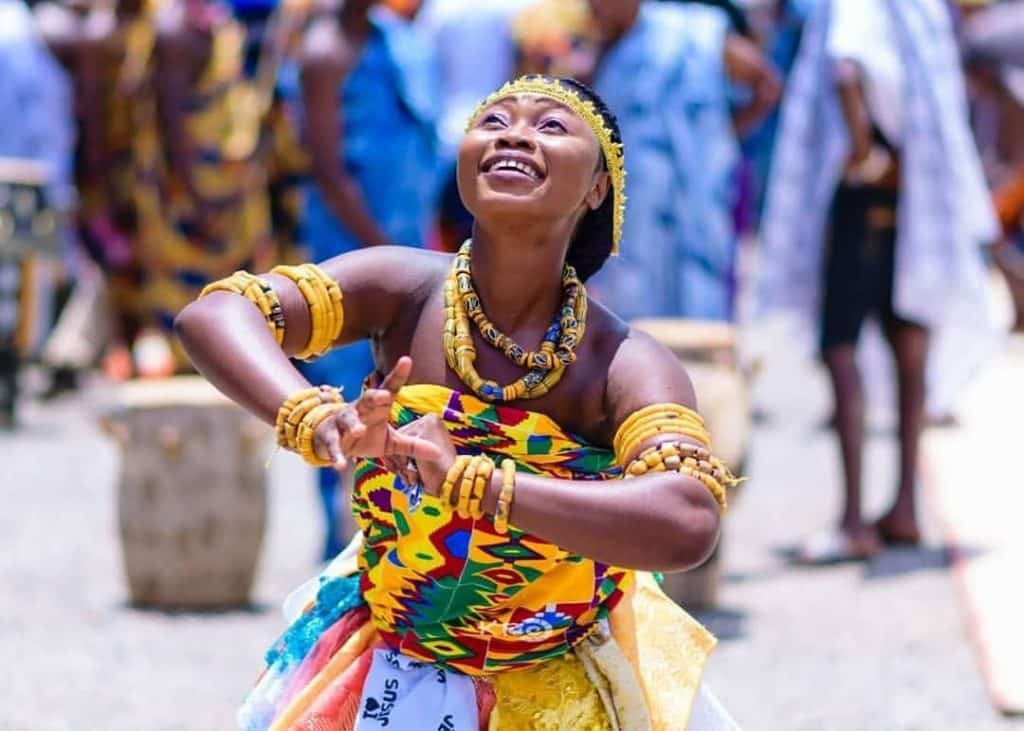Ghana is a country rich in culture and traditions, and the Adowa dance is one of the most significant cultural practices that have stood the test of time. The dance has become a symbol of the Akan people’s heritage, and it is renowned for its emotional expression, history, and cultural significance.
Adowa is an African dance that originated from the Akan people in Ghana. Historians believe that the dance originated from the movements of an antelope, which is called “Adowa” in the Akan language. The dance has a rich history that dates back to the early days of warfare, and it has evolved to become a significant part of Akan culture.
One of the most remarkable aspects of Adowa dance is the way it allows performers to communicate their emotions and feelings through their hands and feet. Adowa is not just a physical activity; it is a form of expression that allows performers to convey their deepest thoughts and feelings. It is a way for them to connect with their culture and history, and to express their identity as Akan people.

Adowa dance is mainly performed at cultural events such as festivals, funerals, marriage ceremonies, and other significant gatherings. It has become a symbol of respect and honor, and it is commonly used to welcome dignitaries and popular personalities to Ghana. The dance has subtly become the official traditional dance to welcome important guests, and it is a testament to its cultural significance.
One of the most interesting things about the Adowa dance is its connection to royalty. The dance is traditionally performed during the installation of a ruler, and every move, stance, or gesture has a specific meaning. Trained performers usually do the dance in gatherings where royalty is present, and it is a way to honor and respect their heritage and culture.
History of Adowa Dance
According to oral history, the Adowa dance has a fascinating origin story that dates back to the reign of the Great Asante Queen, Abrewa Tutuwaa. The story goes that the queen fell ill, and despite the efforts of her physicians, her condition only worsened. Desperate for a cure, the queen’s court turned to a powerful chief priest, who revealed that the only way to heal her was to offer a live antelope as a sacrifice to the gods.
Without delay, a group of Asante warlords set out to the forest to capture an antelope. After successfully capturing the animal, they returned home, imitating the antelope’s skillful movements and dancing it to all the households. This dance, known as the Adowa dance, quickly gained popularity and became a staple of Asante culture.

The Asafo warriors’ group was the first to have started the Adowa dance, and over time, old women began to imitate and improvise the moves of the dance. These women added their unique touches to the dance, making it even more beloved among the Asante ethnic group.
What’s interesting is that the Adowa dance was initially dominated by women, but today, it has no boundaries on gender. Anyone can perform the Adowa dance, regardless of their gender, and it remains an essential part of the Asante culture. The Adowa dance is an excellent example of how art can evolve over time, and how traditions can adapt to meet the changing needs of society.
Despite the increase in modern instruments, Adowa requires traditionally made sets of instruments for the whole set up, together with a dancer adorned in KENTE, the traditional attire for the Asante people. This shows how the dance has retained its cultural significance and connection to the past.






































